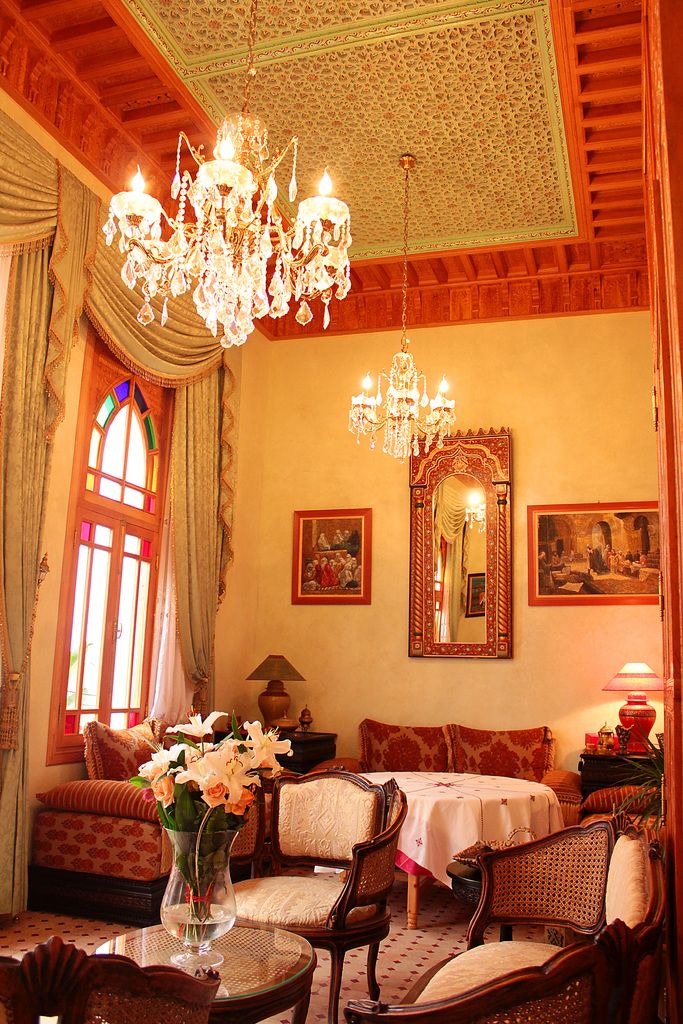The Albania Model: A Controversial Approach to Asylum Procedures
Migrant Integration Proposal by Merz and Meloni
The Albania model, as shown in the Italy-Albania Protocol, introduces a unique and contentious strategy for handling asylum cases by transferring them to a third country. This method brings up significant legal concerns and challenges, including jurisdictional issues, country safety concerns, and adherence to EU law.
Legal Gray Areas
- Jurisdiction: The protocol allows Italy to oversee border procedures on Albanian soil under Italian jurisdiction. This raises questions about the legitimate grounds for such extraterritorial authority and its alignment with EU law.
- Country Safety: The model requires asylum seekers to hail from "safe" countries, a concept that proves challenging to enforce legally. The Italian government has faced setbacks in court when judges ruled that countries like Egypt and Bangladesh cannot be considered safe for all citizens across their territories.
- EU Compliance: The externalization of asylum procedures to Albania sparks debates regarding EU asylum law compliance. The European Court of Justice (ECJ) has received requests to clarify the extent of member states' power to designate safe countries through primary legislation.
Drawbacks
- Human Rights: The externalization of asylum procedures to third countries, like Albania, raises suspicions about the protection of human rights. This approach might result in insufficient access to legal counsel and weak guarantees against refoulement.
- Executional Setbacks: Despite efforts to carry out the protocol, Italy has faced legal issues and hurdles, including court decisions that caused migrants to be sent back to Italy.
- Inconsistent Agreements: The arrangement's reliance on bilateral agreements, such as the Italy-Albania agreement, can create inconsistent legal structures across the EU, hindering the unification of asylum policies.
Conclusion
The Albania model sheds light on the complex legal and practical challenges associated with externalizing asylum procedures. The model stresses the importance of safeguarding legal frameworks, protecting human rights, and ensuring the safety of participating countries. As the legal discussion continues, specifically at the European Court of Justice, the model remains a key topic of debate regarding asylum policy innovation and discord in Europe.
- The employment policy within the Albania model, as outlined in the Italy-Albania Protocol, should address the potential influx of migrant workers, considering their legal status, rights, and protections, given the contention surrounding asylum procedures and the risks of human rights violations.
- In the context of the Albania model, community policy should aim to provide clear information and support to migrants and refugees residing in Albania, addressing concerns related to their safety, well-being, and integration into the local society, given the complex legal and practical challenges associated with externalizing asylum procedures.








